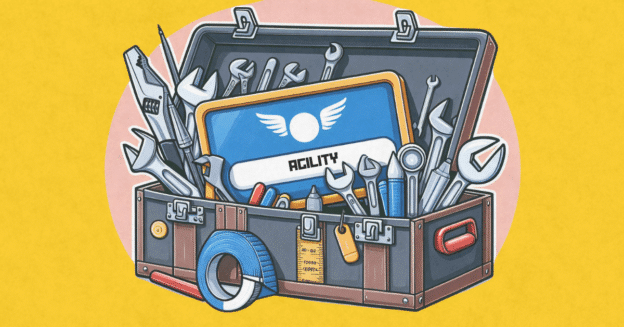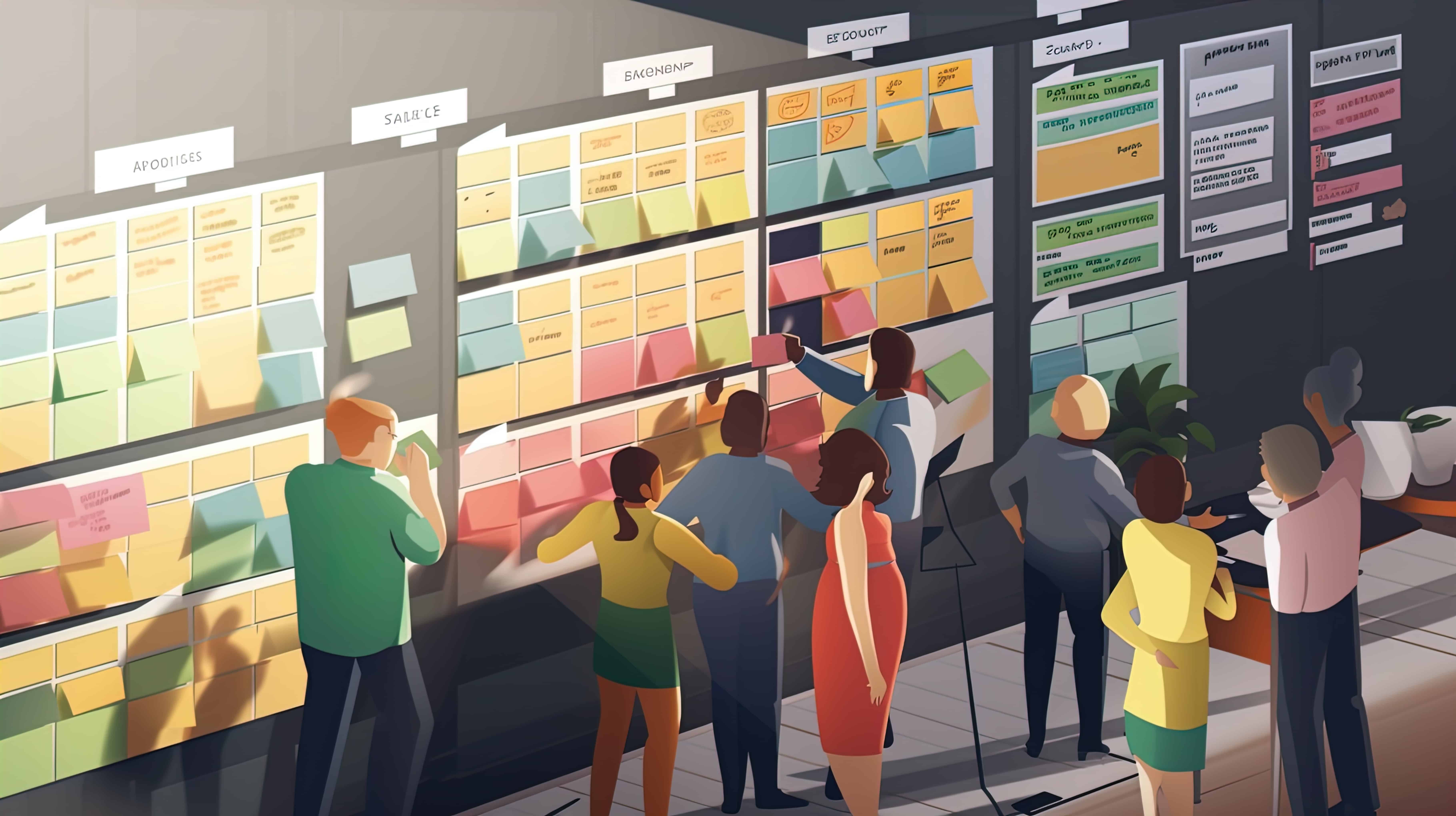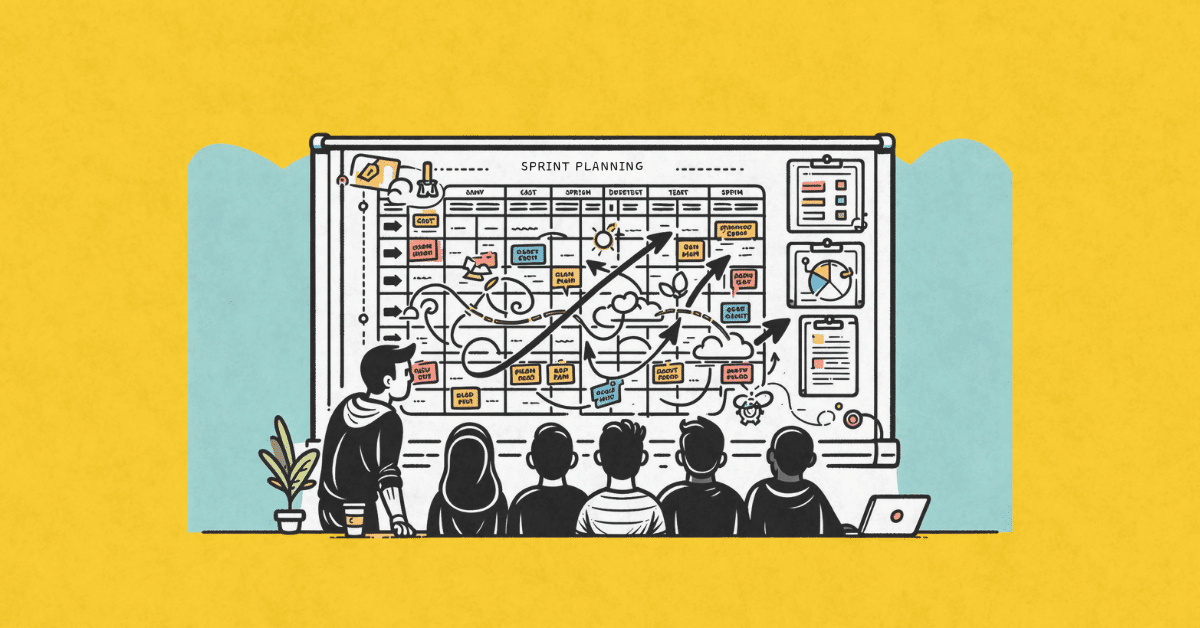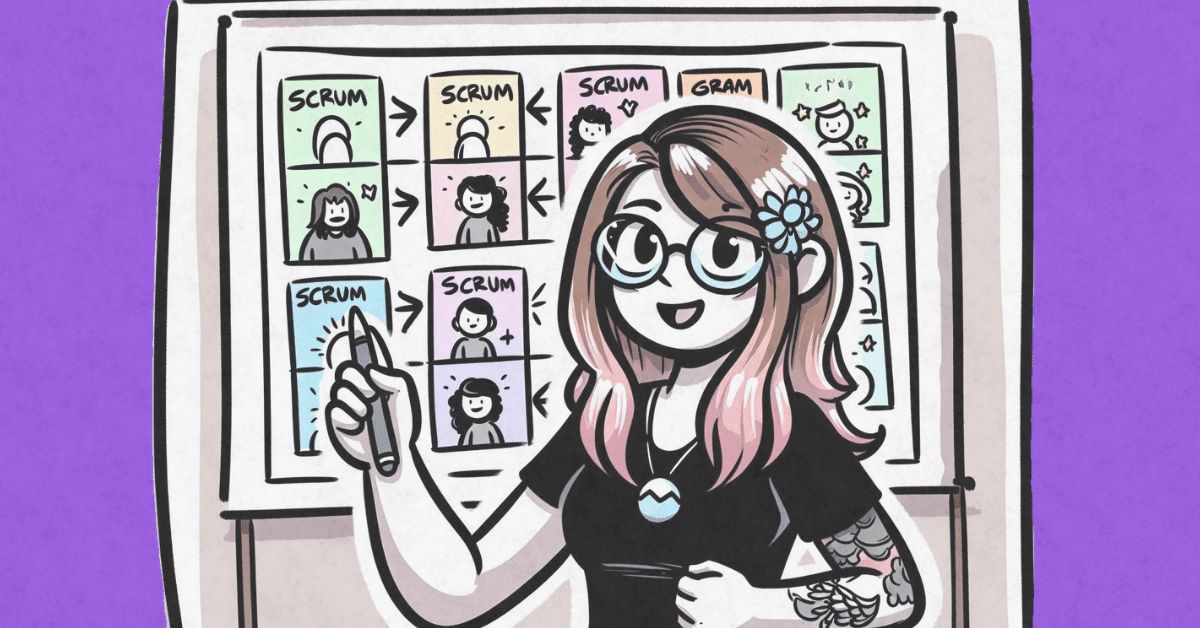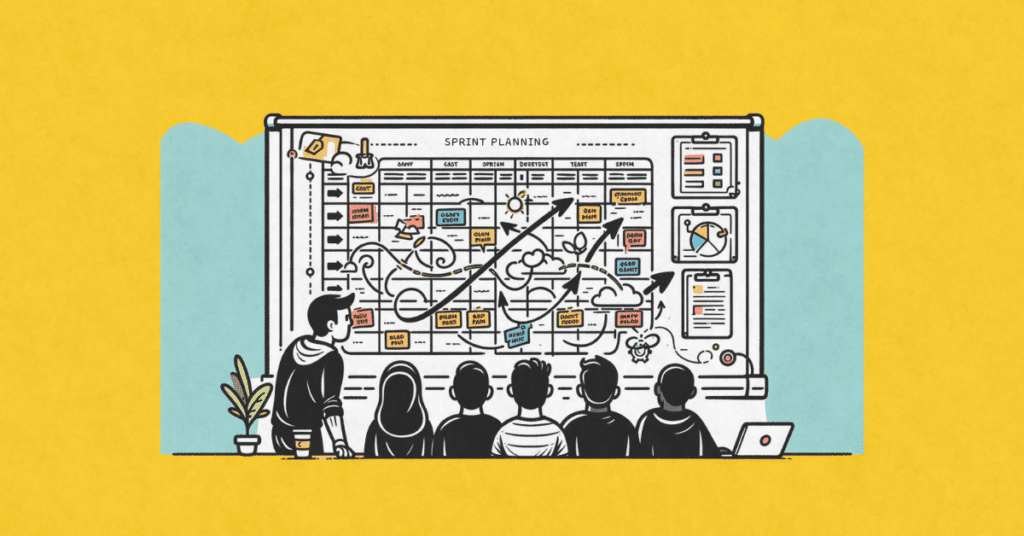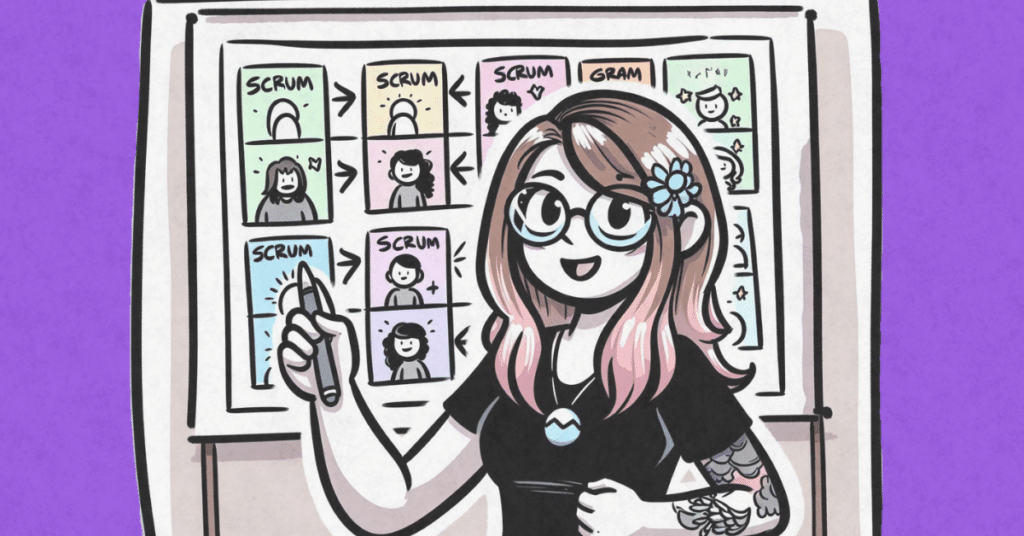Successful development demands efficient and effective communications.
In Scrum, the backlog refinement process is integral to ensuring everyone involved on a project understands the desired value outcome of every product backlog item.
But, speaking as someone who has spent much of his life in tedious requirements-gathering sessions, refinement can be a painful, life-sucking process. How can you turbocharge your refinement meetings, increase your team’s communications, and avoid turning refinement into a massive productivity black hole?
Here are a few tips I’ve picked up over my career to do just that.
Be prepared
The Scouts get a lot right, and this motto is definitely a strong example of that.
Refinement meetings can be expensive to run. In Scrum, you bring your entire team together along with subject matter experts (SMEs) and other stakeholders to work through building understanding around your product. When you do this, you need to make sure you maximize the amount of work done and avoid wasted time.
Start with an agenda that has clear goals for the meeting and make sure your team has “done their homework.” The Product Owner should make sure their backlog is properly prioritized, that their release goals are clearly documented and communicated, and they’ve spoken with the SMEs to understand how to direct the conversation. Team members should read and evaluate the backlog and prepare questions for the meeting.
If everyone involved in the meeting takes just 10-15 minutes of prep time, you will greatly improve the quality of your refinement session.
Move….a LOT during Team Refinement
I can’t understate the importance of physical movement in long meetings. Keeping the body moving increases focus and creativity, and it helps team members stay engaged through meetings that can sometimes feel like they’re dragging along otherwise.
There are a number of ways you can achieve this.
Perhaps the easiest is simply setting the standard: It’s OK to get up and walk around during this meeting. You can also place items like fidget cubes and spinners in the room.
Likely the best way to ensure everyone moves (and stays more engaged in discussion and planning) is to break the meeting into 10-20 minute increments. When you prepare your agenda, build in times for people to get up and stretch, or incorporate activities that require movement.
Include EVERYONE in the room
While it’s important to remember that different people have different communication styles, it’s also vital that the entire team engage in the process. Knowing your team can help you better understand the best way to engage them, whether it’s by directing a question to them, asking them to take notes, or giving them a role in the facilitation of the meeting.
Show respect for your team and their individual needs, but also ensure they know their opinion is valued. When you combine these two things, you go a long way toward making sure everyone wants to provide input.
Decide how to decide
In a group setting, it can sometimes be difficult to make decisions. Meetings that drag on while colleagues argue over the finer points of a particular backlog item are no fun for anyone. Before you meet, mutually agree on how you will make decisions and follow that.
You might allow a specific amount of time for discussion on each item before holding a vote. Another option would be that the facilitator is allowed to halt the conversation when he or she determines it’s no longer fruitful. Regardless of how you decide, decide how you will decide. It’s almost guaranteed to cut arguments short and ensure you accomplish what you set out to do in your meeting.
Retrospect your Refinement
One of the key elements of Scrum is always seeking to improve, and refinement meetings shouldn’t be exempt from that. Take time to consider and discuss what went well, what didn’t, what you should stop doing, and what you should do more of.
Measure the effectiveness of your meetings (did you accomplish everything you said you would?) and ensure you’re getting the most value for your time. Experiment with different meeting formats, locations, leaders, etc.
If you put the effort in, your refinement meetings will only get better.



